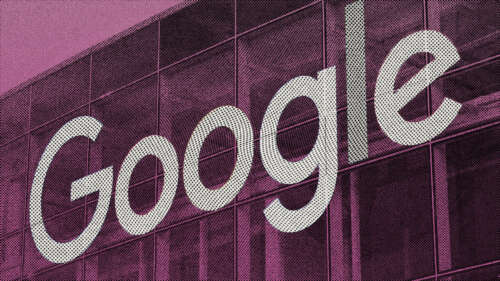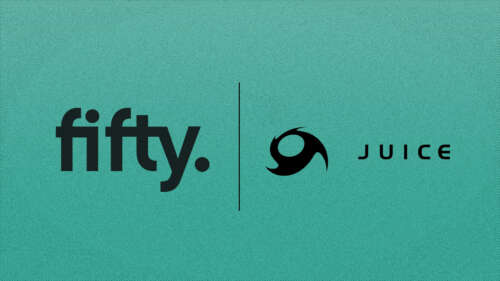Fifty Explains is a series that breaks down the different technologies, lingo and jargon of the ad tech world.
Ok, programmatic advertising – I’ve heard of it, but what is it?
To put it simply, programmatic is the use of computers to buy online ad placements. It is an automated process and run by algorithms.
You lost me at algorithms.
Alright, think of it like a virtual auction house for ads. You have someone who wants to buy a digital placement for an ad, and you have someone who has a digital placement to sell – such as a publisher.
Programmatic means the entire process is done by a computer. So rather than having an auction house with people making bids with paddles, there’s an ad exchange where computers are making the bids instead.
How fast is this virtual auction happening?
Within the blink of an eye, and it’s happening all the time. So every time someone clicks on a page, they are served an ad. Behind the scenes, you have a complex automated process happen. You have the website owner putting the ad placement up for bid (SSPs), advertisers then offer bids for an impression using DSPs, and the highest bidder gets the placement. By the time you have opened the website the entire auction has occurred and you see the winning ad.
So all programmatic is in real-time?
Well, no. There is an aspect of programmatic that is all about real-time bids (RTB). But you can also have guaranteed impressions, where you work with a publisher on an agreed upon price per impression before the ad goes live.
If you want to extend beyond your continuous campaign, you can use RTB to bid for individual impressions, creating a more targeted campaign.
You mentioned DSP, SSP, RTB, I’ve also heard of DMP… what’s with all the acronyms?
Programmatic marketing is a very jargon-heavy field, which is why it can feel overwhelming for newcomers. Let’s break it down:
DSP - demand-side platforms
These are computerised platforms advertisers use to purchase ad impressions. Here you can define your target audience to ensure the computer is bidding to get the right kinds of impressions.
SSP - service-side platforms
These are the automated platforms publishers use to sell digital space and manage their ad inventory.
DMP - data management platforms
These are platforms that house all the important data that marketers need to create audience segments, which make for more efficient targeting.
DMPs, DSPs and SSPs all work together within the programmatic ecosystem. Marketers use DMPs to create audience segments, sending that data to DSPs for ad targeting. This offers a feedback loop between audience intelligence and targeting to ensure your campaign is running efficiently.
Got it. And why should I use programmatic as part of my campaign activities?
Well, considering that the typical internet user spends almost seven hours a day online it’d be silly not to.
But beyond reaching people on the web, programmatic advertising powers digital marketing across channels – not just the most obvious ones like native ads seen on websites. It is also used for digital audio ads, digital out-of-home ads and connected TV. Programmatic is predicted to account for nine out of ten ad dollars spent globally by 2025, with markets such as the US and EMEA reaching 95% programmatic adoption, according to eMarketer. Indeed, Statista predicts that digital display ad spend for programmatic in 2022 will reach nearly $95 million, almost double what it was in 2018.
We can’t really stress enough how widespread programmatic will become and how much of an impact it has. In 2021, 41% of marketers stated that AI and machine learning have had the most impact on their revenue growth and performance, according to Forbes.
So, everyone’s doing it?
Now, peer pressure isn’t a reason to do anything. The reason you need programmatic is not only because it is the way the digital advertising world is going. You need it because it is effective, efficient and at scale. You can create more targeted campaigns, with a higher ROI and use multiple ad exchanges to achieve the maximum reach. The automated process ensures that your ad budget is being spent in the best possible way, getting your advertising in front of the most relevant audience at the right time. Who doesn’t want that?
To discover more about how Fifty’s audience insights power your programmatic advertising, book a free demo today.



























